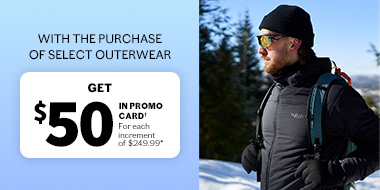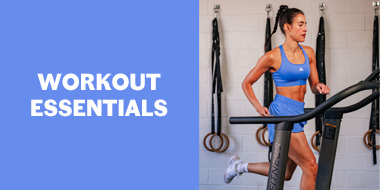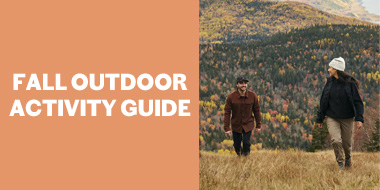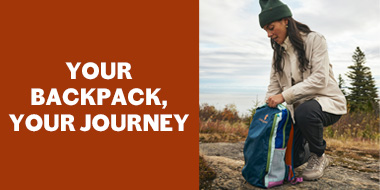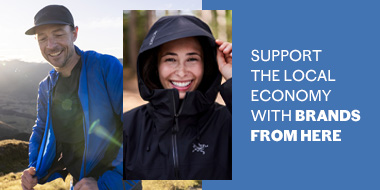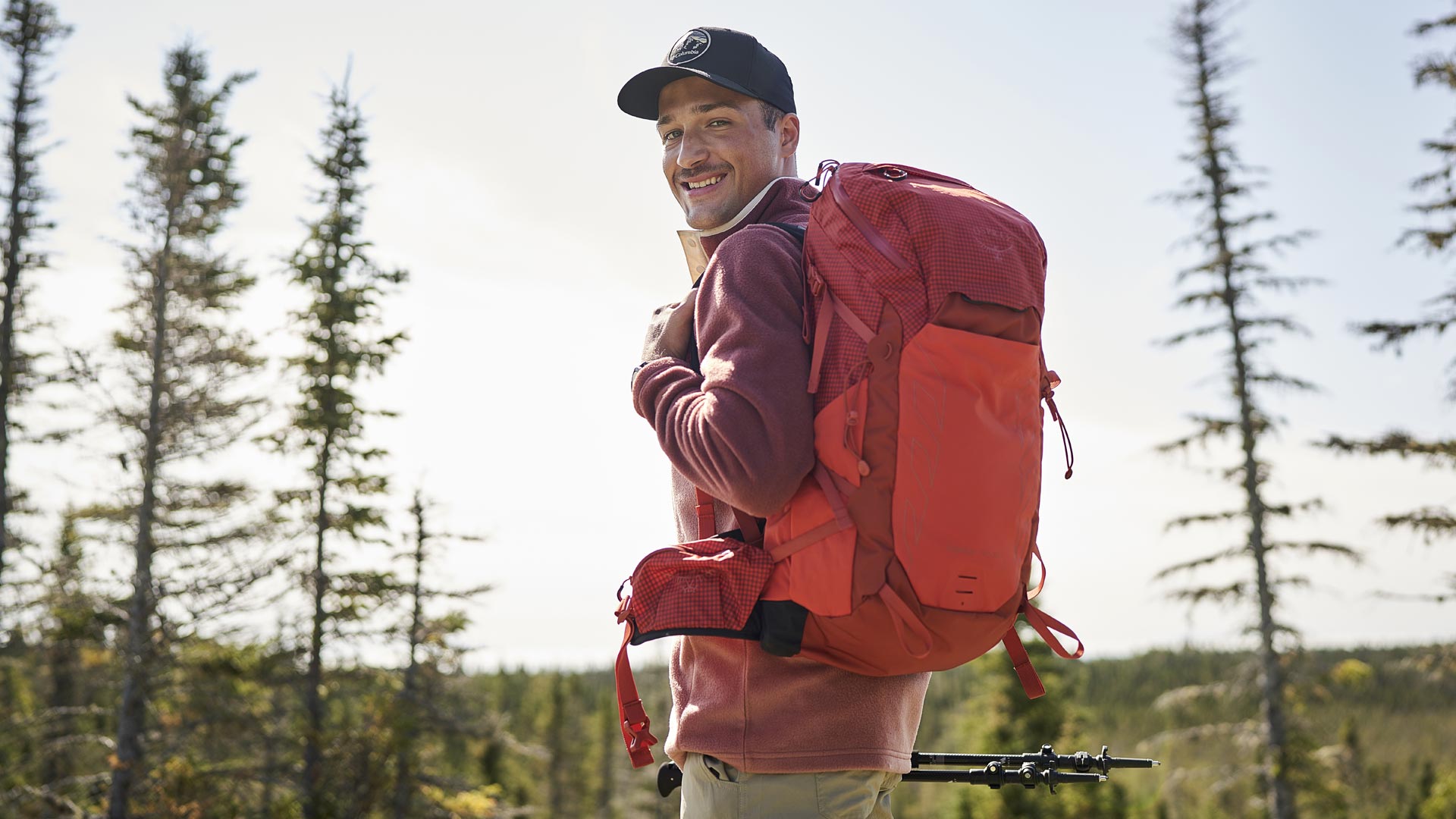The Structure
Most packs have an internal structure designed to suit your body and evenly distribute weight . If you don’t normally carry heavy loads, a backpack without structure will lighten the weight on your back. On the other hand, if you’re carrying very heavy gear, you may want a pack with an external structure for better ventilation.
Ventilation
Packs with internal frames have a ton of advantages, but they tend to make the person carrying them sweat. Choose a backpack with a quality ventilation system integrated into its dorsal panel.
Access
Most backpacks are filled from the top, so digging around in search of something can be complicated. Some backpacks offer side, back or bottom access to help you avoid having to empty the entire thing just to get to the bottom.
Pockets
The smallest details sometimes make the biggest difference – and pockets definitely fall into that category. Pockets allow you to keep your small items handy so that you have quick access to things like your cellphone, wallet, granola bars, map, and more. Belt pockets are particularly great, as they’re easy to access.
The Extras
Certain backpacks come with a waterproof cover, a sleeping bag compartment, outer straps or hooks, lanyards, or a removable daypack. Some are even compatible with a hydration system. Which of these options do you find appealing? Consider them when buying your backpack.




